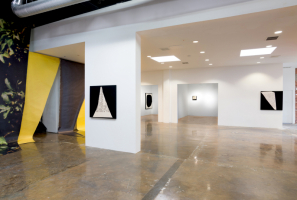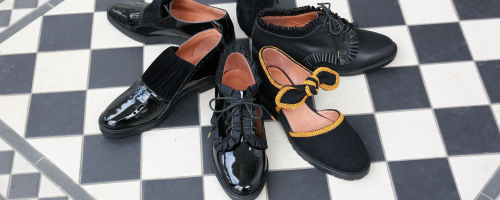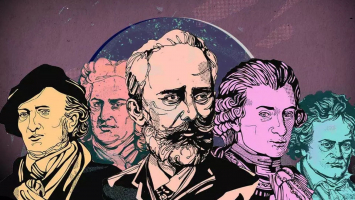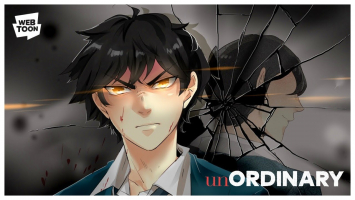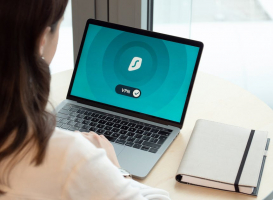Top 7 Quirky Composers Worth a Listen
Composers whose works are eccentric. Jokes, sarcasm of any kind, music that tends to convey or provoke that in you, good humor, irony, satire, wit, and other ... read more...such elements are frequently used in many of their songs. Music that, because of their brilliance, intellect, and flare, makes you grin and occasionally chuckle. So, for your consideration, here is a list of odd, peculiar, omitted, or unappreciated composers.
-
American avant-garde musician, pianist, author, and inventor George Johann Carl Antheil created modernist musical works that delved into the contemporary musical, mechanical, and industrial noises of the early 20th century. Antheil spent the majority of the 1920s in Europe before moving back to the United States in the 1930s. He then devoted the majority of his time to writing music for movies and, later, television. His style evolved as a result of this work to become more tonal. Antheil was a guy of many abilities and interests, and he was always changing. He also penned an autobiography, a mystery book, newspaper and music essays, as well as magazine articles, one of which properly anticipated the course and result of World War II.
In New York, Ernest Bloch taught Antheil. He traveled to Europe in 1922, performed piano concerts, and rose to prominence in the avant-garde literary and creative communities of Paris. Le Ballet mécanique, one of Antheil's most famous pieces, was arranged for player pianos, car horns, electric bells, and airplane propellers. It sparked a harsh response in Paris (1926) and New York (1927), but was seen as somewhat subdued upon its reappearance in 1954. Antheil relocated to Hollywood in 1936 and went on to write several film scores, including those for Fighting Kentuckians (1940), Angels over Broadway (1940), and Tokyo Joe (1949). He gave up the avant-garde aesthetic around 1939 and adopted a blend of classicism, romanticism, and impressionism. Eight symphonies, Capital of the World, a ballet, chamber music, and the operas Transatlantic (1930), Helen Retires (1934), Volpone (1953), and The Wish are among his other compositions (1955). His autobiography is titled Bad Boy of Music (1945).
Detailed information:
Born: July 8, 1900
Died: February 12, 1959
Nationality: American
Notable works:
- The Airplane Sonata, for piano (a.k.a. "Second Sonata"), W. 40
- American Dance Suite No. 1: Hot-Time Dance, for orchestra, W. 187
- Archipelago, rhumba for orchestra, W. 172
- The Ben Hecht Valses, for piano, W. 67
- Berceuse for Thomas Montgomery Newman, for piano
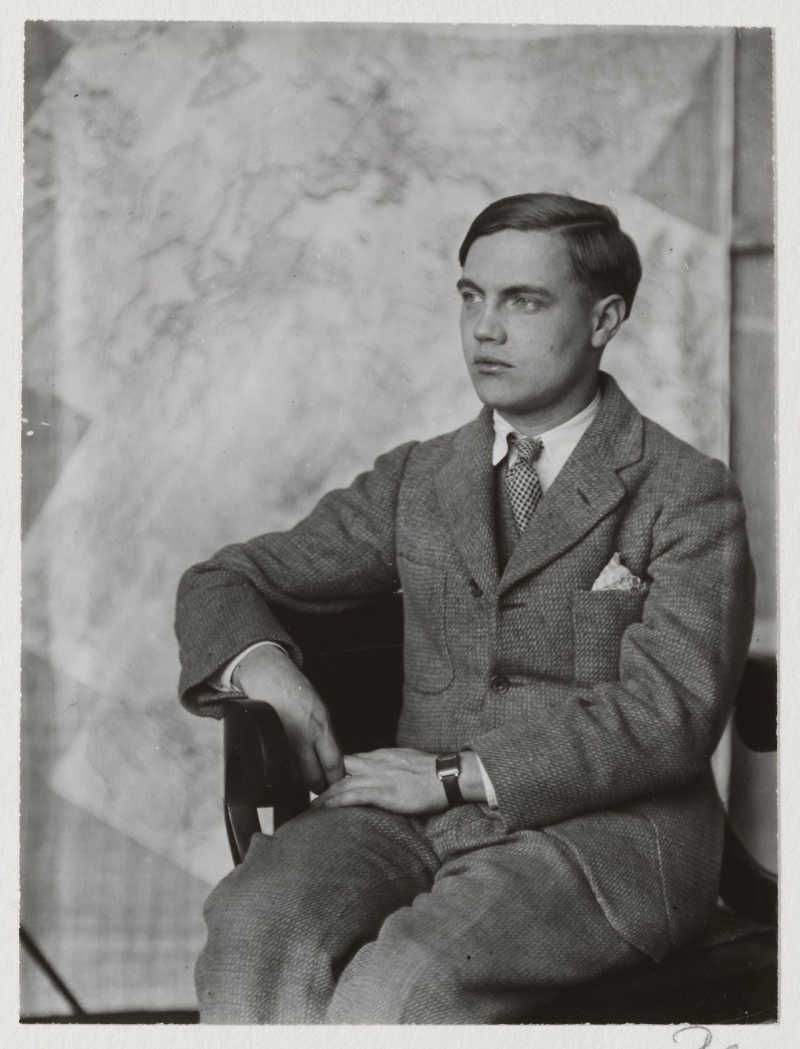
Clark Art Institute 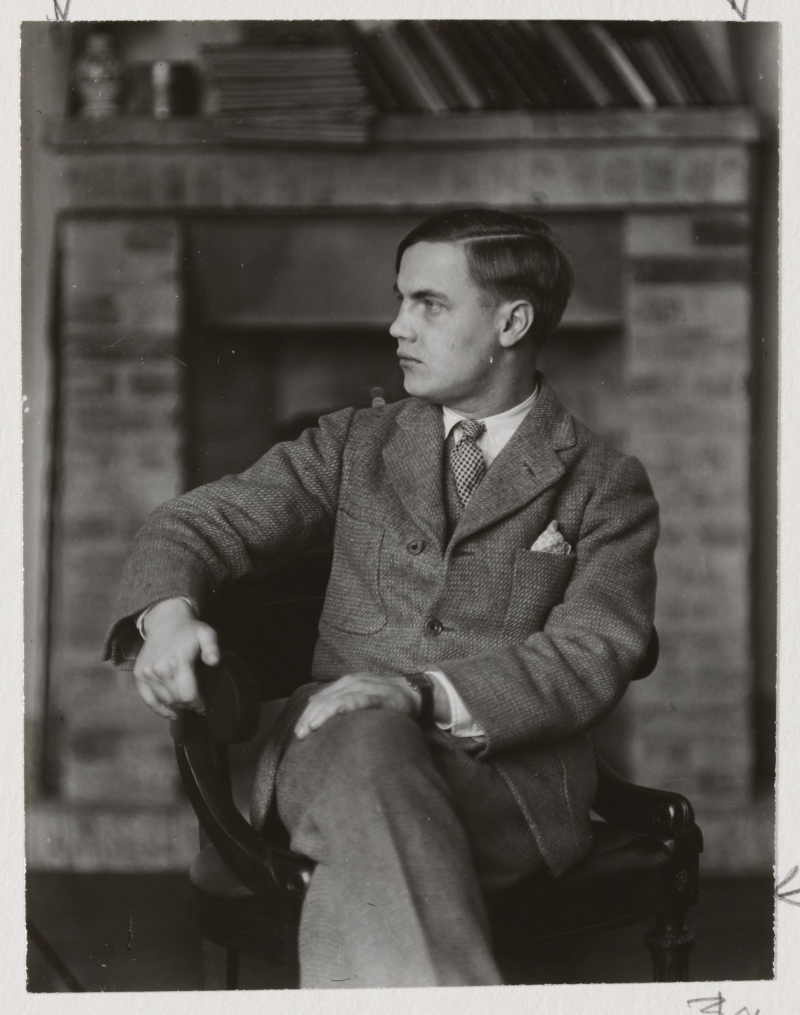
Clark Art Institute -
Danish organist and composer Rued Langgaard was a late Romantic artist. 16 years after his passing, his then-unconventional music, which was at contrast with that of his Danish contemporaries, was acknowledged. Rued Langgaard wrote music in a late Romantic style that was intensely dramatic and characterized by enormous mood swings. He was undoubtedly influenced by Richard Wagner and Richard Strauss, and he was a master of orchestration like Strauss.
His most well-known and avant-garde composition is Music of the Spheres. It is a very difficult symphonic piece that requires a huge orchestra, a choir, a supporting (remote) orchestra, a soprano voice, and a piano on which the strings are played directly rather than through the keys. It was written by Langgaard during World War I, but was only played twice during his lifetime (in Germany in 1921–1922) and remained unheard for over 50 years before being rediscovered. It was seen as very contemporary and representative of Langgaard's pathfinding approach when it was unearthed in the late 1960s. He was a Protestant who occasionally found himself drawn to mysticism and theosophy. His major compositions frequently have memorable and evocative names like Music of the Abyss (1924), Fantasia of Madness (1949), Flood of Sun (1951), Antichrist (1923-1930), and Music of the Spheres (1918).
Detailed information:
Born: 28 July 1893
Died: 10 July 1952Nationality: Danish
Notable works:
- Symphony No. 1 "Klippepastoraler" (Cliffside Pastorals) (1908-09/1910-11), BVN. 32
- Symphony No. 2 "Vårbrud" (Awakening of Spring) (1st version 1912–14)
- Symphony No. 2 "Vårbrud" (Awakening of Spring) (2nd version 1912-14/1926-33), BVN. 53
- Symphony No. 4 "Løvfald" (Leaf-fall) (1916/1920), BVN. 124
- Symphony No. 5 (1st version, 1917-18/1926), BVN. 191
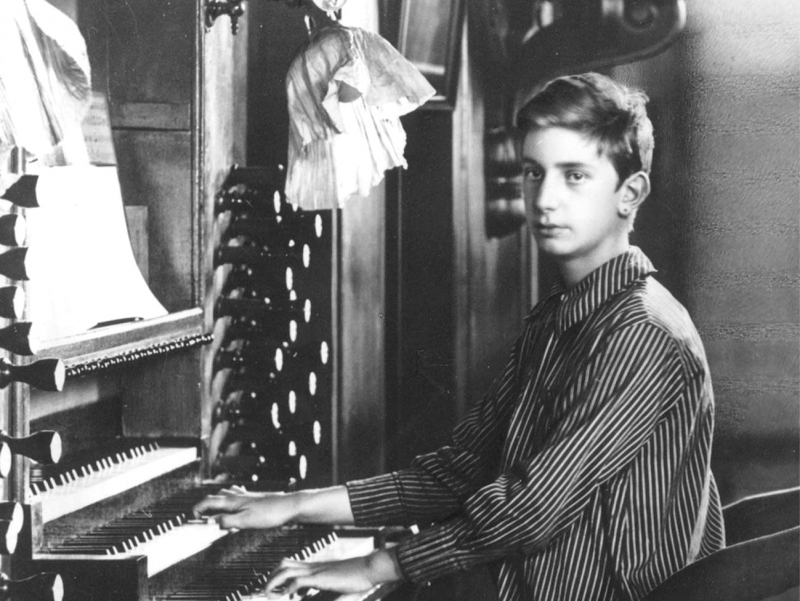
Your Classical 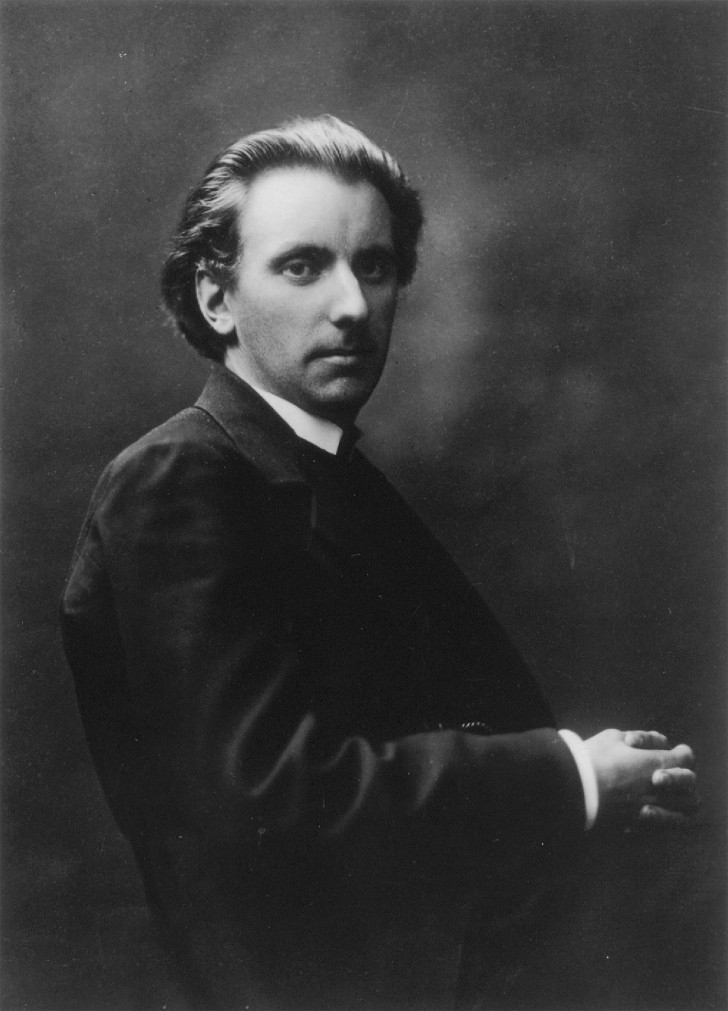
ResMusica -
A pianist and composer from America, Philip Morris Glass. One of the most important composers of the late 20th century, he is highly acclaimed. Glass's work has been compared to minimalism since it is composed of changing layers and repeating phrases. Glass himself as a creator of "music with repeated structures", which he has contributed to the aesthetic development of. Glass established the Philip Glass Ensemble, a group with which he continues to play the keyboard. He has composed fourteen symphonies, twelve concertos, nine string quartets, many other chamber works, and several film compositions in addition to fifteen operas, numerous chamber operas, and musical theater pieces. Three of his cinematic scores have received Academy Award nominations.
Glass identifies as a "classicist", noting his training in harmony and counterpoint and his studies with Nadia Boulanger of composers like Franz Schubert, Johann Sebastian Bach, and Wolfgang Amadeus Mozart. His music incorporates influences from rock, ambient music, electronic music, and world music in addition to Western classical music. Musicians Brian Eno and David Bowie were early supporters of Philip Glass' minimalism. In the 1990s, Glass wrote the symphonies Low (1992) and Heroes (1996), which were thematically based on the Bowie-Eno collaboration albums Low and "Heroes", composed in late 1970s Berlin.
Detailed information:
Born: 31 January 1937
Nationality: American
Notable works:- 600 Lines (1967)
- How Now for ensemble (also for piano, 1968)
- Music in Fifths (1969)
- Music in Similar Motion (1969)
- Music with Changing Parts (1970, recorded 1973)
- Music in Twelve Parts (1971–1974)

MPR News 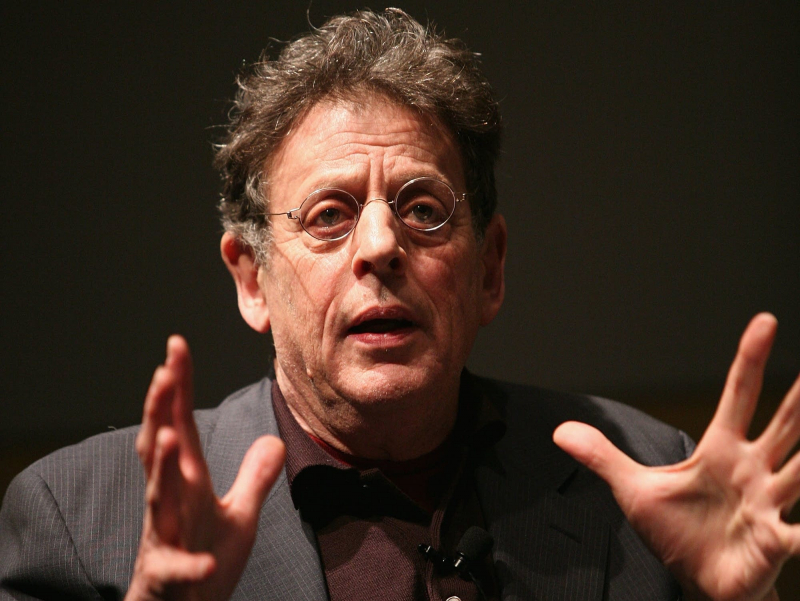
classicalmpr.org -
The fictitious composer P. D. Q. Bach was created by American musical satirist Peter Schickele, who built a five-decade career presenting the "found" compositions of the Bach family's "only forgotten son". The music of Schickele blends slapstick humor, parodies of musicological scholarly discourse, and elements of Baroque and Classical music. The three-part names given to several members of the Bach family that are frequently abbreviated to initials, such as C. P. E. for Carl Philipp Emanuel Bach, are parodied in the moniker "P. D. Q."; PDQ is an initialism for "pretty dang quick".
Schickele started developing the role while attending the Aspen Music Festival and School and Juilliard and has since participated in a number of P. D. Q. Bach productions. The combination of collage, bitonality, musical humor, and symphonic surrealism in a "bizarre melodic stream of consciousness" is mentioned in The Village Voice. Due to advancing age, Schickele had scaled back his touring as of 2012. He gave two performances to mark the 50th anniversary of his debut performance on December 28 and 29, 2015, at The Town Hall in New York. From 1990 through 1993, P. D. Q. Bach records won four consecutive Grammy Awards in the Best Comedy Album category. In 1996, Schickele's shortened audiobook version of The Definitive Biography of P. D. Q. Bach won a Grammy nomination in the category of Best Comedy Album.
Detailed information:
Born: 24 April 1965Died: 29 December 2015
Nationality: German
Notable works:- Orchestral Suite No. 2 in B Minor, BWV 1067 - 7. Badinerie
- 1712 Overture, S. 1712
- The Abduction of Figaro, a simply grand opera in three acts, S. 384, 492
- Allegretto Gabinetto for Plumber and Keyboarder, S. 2nd Door on the Left
- The Art of the Ground Round, S. 1.19/lb
- Birthday Ode to "Big Daddy" Bach, S. 100
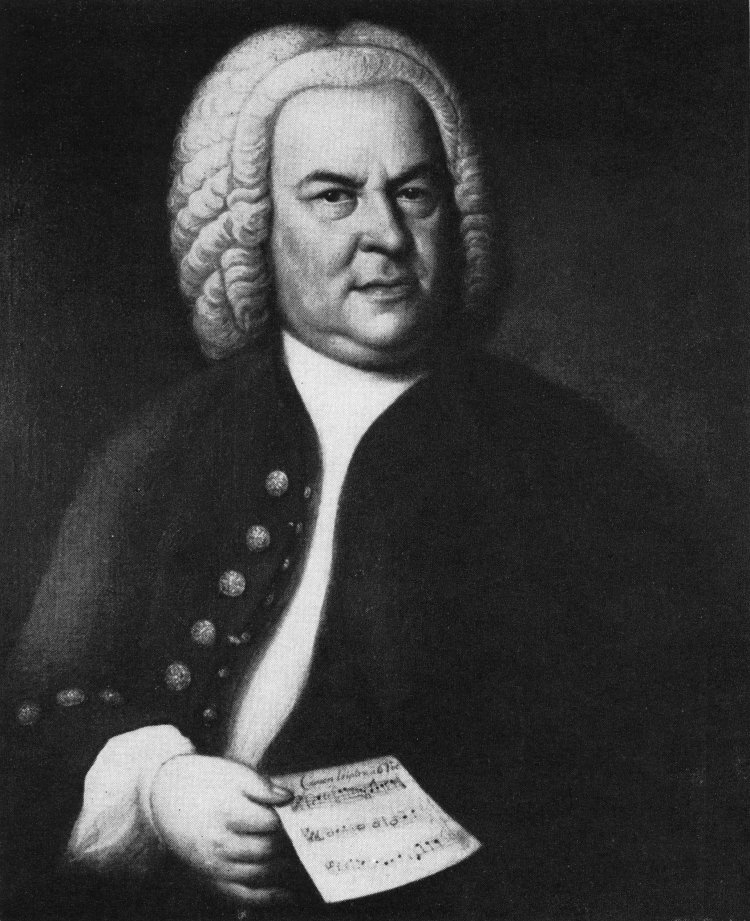
bach-cantatas.com 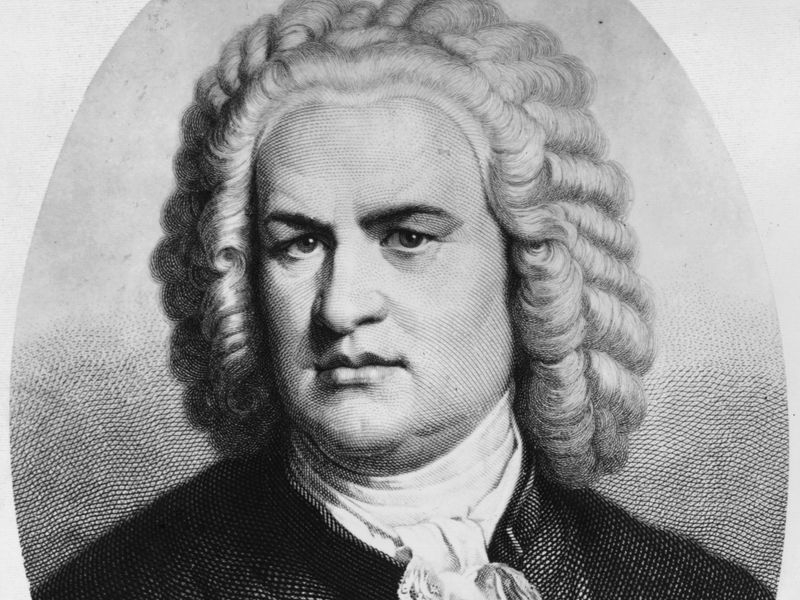
Smithsonian Magazine -
American composer and music theorist John Milton Cage Jr. was born in the United States. One of the key leaders of the post-war avant-garde, Cage pioneered the use of non-standard musical instruments, electroacoustic music, and indeterminacy in music. He has been hailed by critics as one of the 20th century's most important composers. His collaboration with choreographer Merce Cunningham, who was Cage's longtime love companion, had a significant role in the creation of modern dance.
Cage is most known for his 1952 composition 4′33′′, which is performed without any intentional sound and with the musicians doing nothing but being there for the entirety of the piece. Contrary to popular belief, the composition's subject is not "four minutes and 33 seconds of quiet", but rather the noises the listener hears while it is being performed. The piece became a hotly debated subject in musicology as well as the more general aesthetics of art and performance due to its challenge to presumptions about competence and musical experience. Cage also invented the prepared piano, on which he composed a number of works for dance as well as a few concert pieces. Sonatas and Interludes is the most well-known of them (1946–1948). He referred to music as "a purposeless play" that is "an affirmation of life" and "not an attempt to bring order out of chaos or to suggest changes in creation, but simply a method of waking up to the same life we're living" in his 1957 lecture, Experimental Music.
Detailed information:
Born: 5 September 1912
Died: 12 August 1992
Nationality: American
Notable works:- Greek Ode, for voice and piano (1932)
- First Chapter of Ecclesiastes (The Preacher), for voice and piano (1932)
- Three Easy Pieces (1. Round in A minor, 2. Duo in G major, 3. Infinite canon in F minor), for piano (1933)
- Three Songs for voice and piano, (1932–33)
- Sonata for Clarinet (1933)
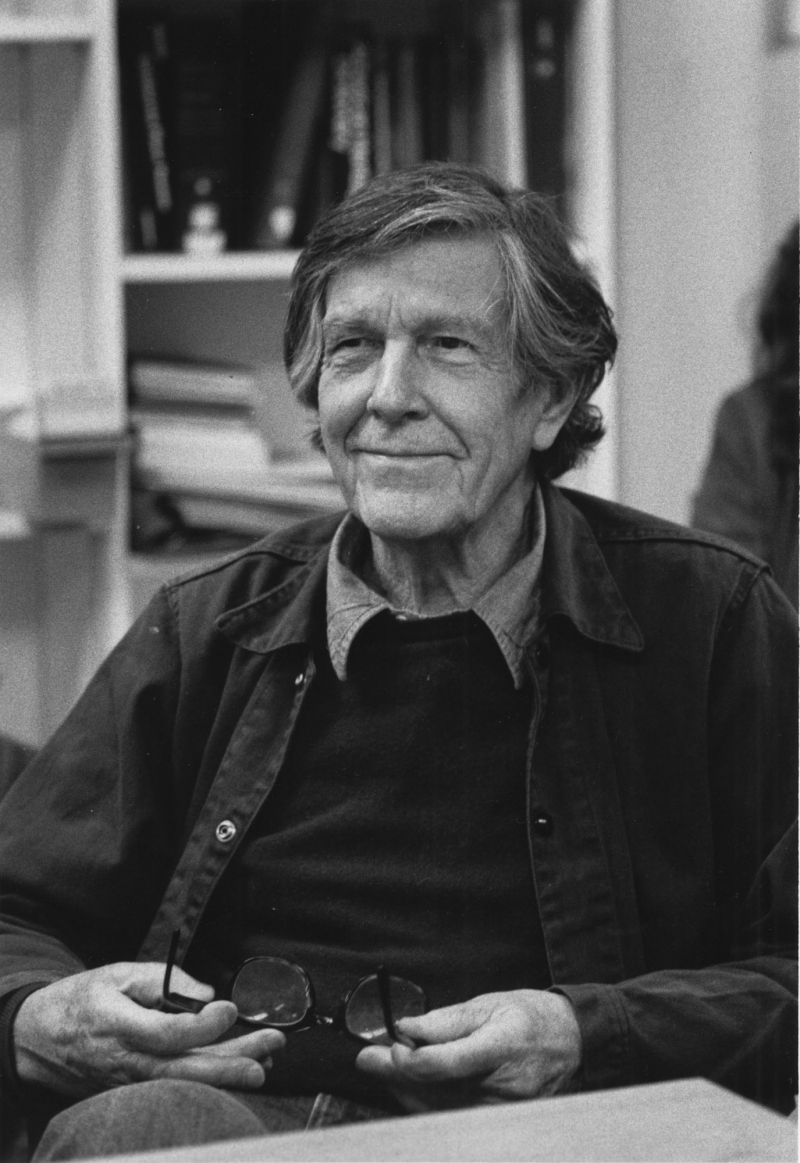
broncho2.uco.edu 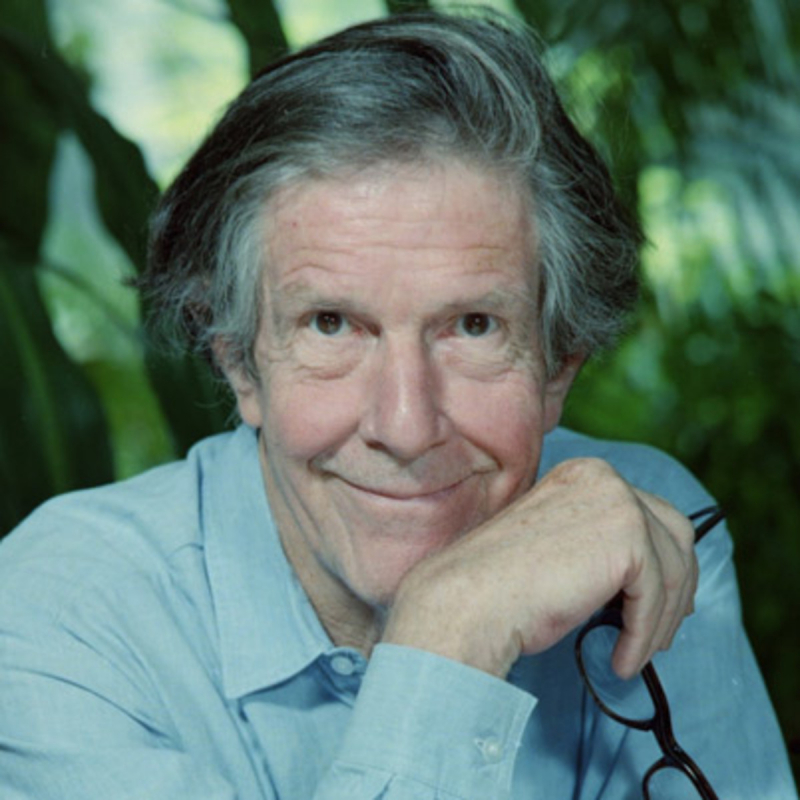
BIO -
French composer and pianist Eric Alfred Leslie Satie adopted the name Erik Satie after 1884. His parents were French and British, and he was their son. He attended the Paris Conservatoire, but he did not excel there and received no certificate. He started writing music, largely for solo piano, in the 1880s while working as a pianist at a café-cabaret in Montmartre, Paris. Some of his early compositions are Gymnopédies and Gnossiennes. Additionally, he composed music for the Rosicrucian cult that he temporarily belonged to.
A new generation of French composers were inspired by Satie to move away from post-Wagnerian impressionism and toward a more restrained, terser aesthetic. During his lifetime, Maurice Ravel and Francis Poulenc were among those who were affected by him; more recently, minimalist composers like John Cage and John Adams were also impacted by him. He occasionally dispensed with bar-lines, as in his Gnossiennes, and his melodies are often basic and frequently reflect his love of old church music. His harmony is frequently characterized by unresolved chords. His compositions are typically concise and for solo piano. His "symphonic drama" Socrate (1919) and two later ballets, Mercure and Relâche, are two exceptions.
Satie never wed and lived in a small room for the majority of his adult life, first in Montmartre and then from 1898 until his passing in the Paris suburb of Arcueil. Over the years, he adopted a variety of personas, including a time when he dressed in a manner that was akin to that of a priest, another when he consistently wore the same color velvet suits, and the one that is most well-known: a clean-cut bourgeois look complete with bowler hat, wing collar, and umbrella. He had been a heavy drinker all of his life and passed away at age 59 from liver cirrhosis.
Detailed information:
Born: 17 May 1866
Died: 1 July 1925
Nationality: French
Notable works:- Parade
- Relâche
- Socrate
- Trois gymnopédies
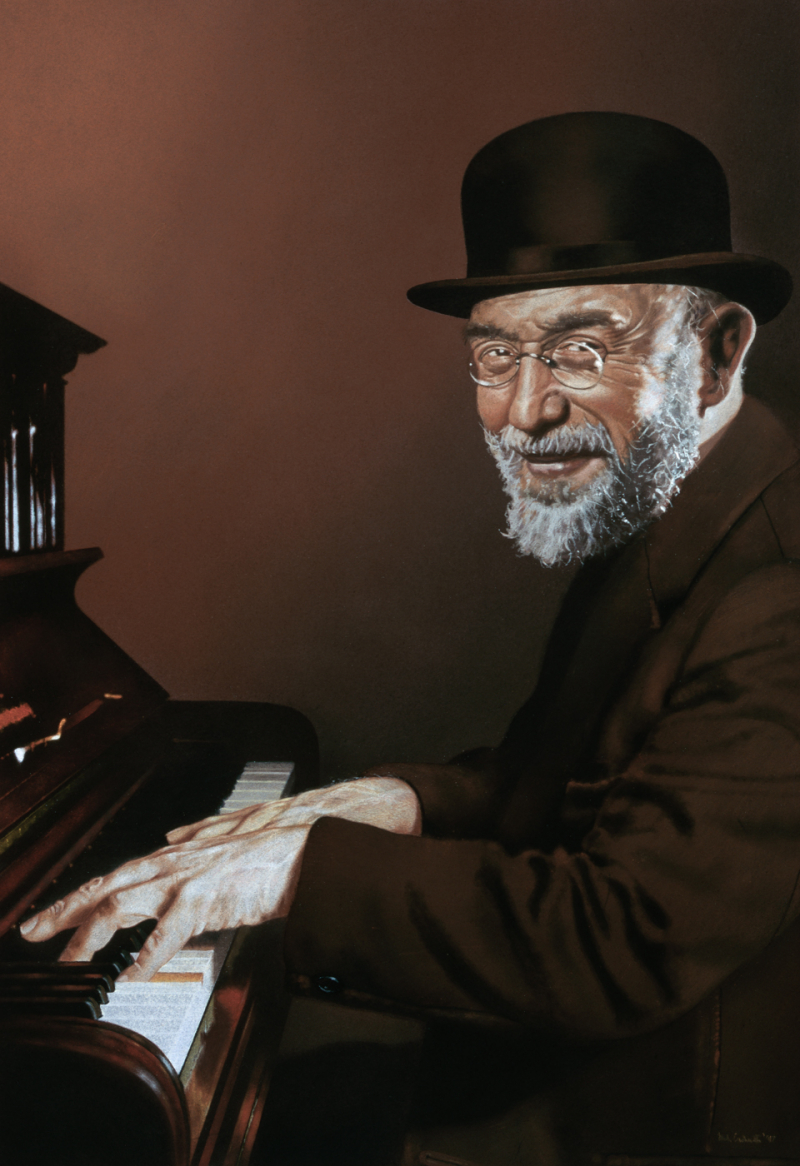
nickcudworth.co.uk 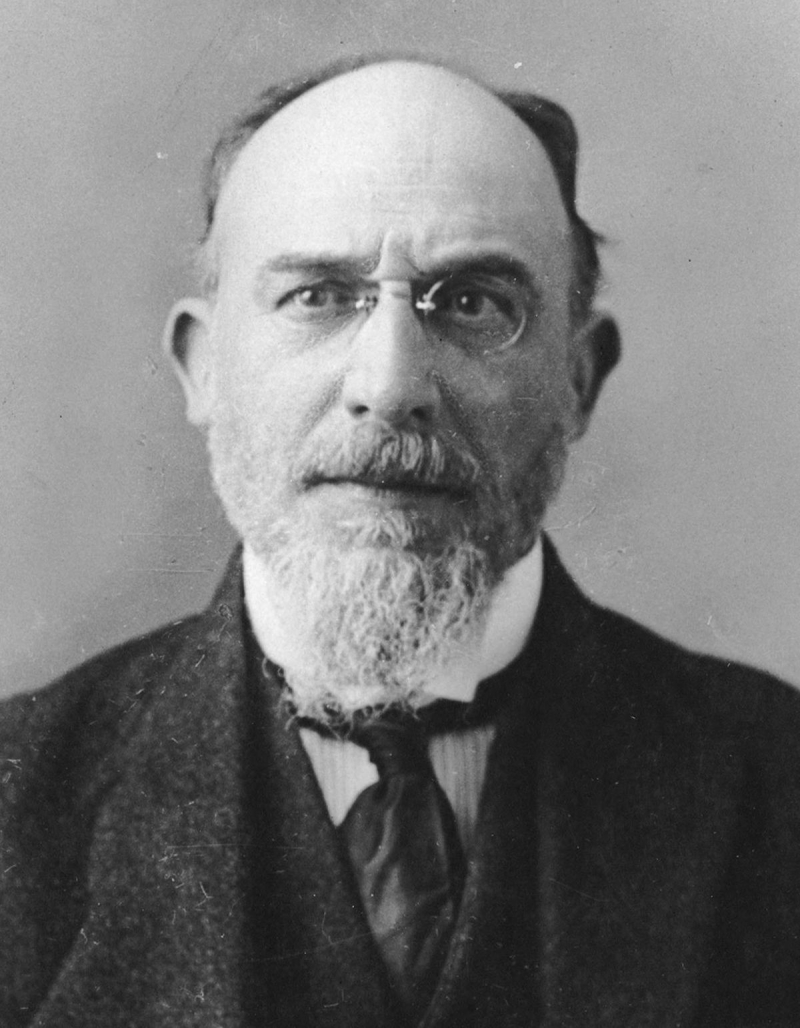
Wikipedia -
In addition to being an American composer, musician, performer, music theorist, poet, and musical instrument creator, Louis Thomas Hardin was also known by his stage name, Moondog. His prolific work, which was mostly self-taught, took influence from a wide range of musical genres, including jazz, classical, Native American music that he had grown up listening to, and Latin American music. Later minimal music artists, particularly American composers Steve Reich and Philip Glass, were affected by his aggressively rhythmic, contrapuntal compositions and arrangements.
Moondog was inspired by a wide range of musical genres as he developed his skills as a composer. His early compositions were directly influenced by the music he had heard at pow wow events when he was a young boy; as his career advanced, his music also incorporated elements from bebop, swing, rumba, modernism, and Renaissance music. He referred to it as having "snaketime" and described it as having "a slithery rhythm, in moments that are not usual".
Moondog was born blind and has been so since the age of 16. From the late 1940s through 1972, he resided in New York City, where he frequently busked, sold records, and recited poems on Sixth Avenue between 52nd and 55th Streets. Thousands of onlookers and locals who were unaware of his musical profession identified him as "the Viking of Sixth Avenue" since he frequently appeared wearing a cloak and a horned helmet.
Detailed information:
Born: 26 May 1916
Died: 8 September 1999
Nationality: American
Notable works:- "Snaketime Rhythms (5 Beat) / Snaketime Rhythms (7 Beat)" (1949), SMC
- "Moondog's Symphony" (1949–1950), SMC
- "Organ Rounds" (1949–1950), SMC
- "Oboe Rounds" (1949–1950), SMC
- "Surf Session" (c. 1953), SMC
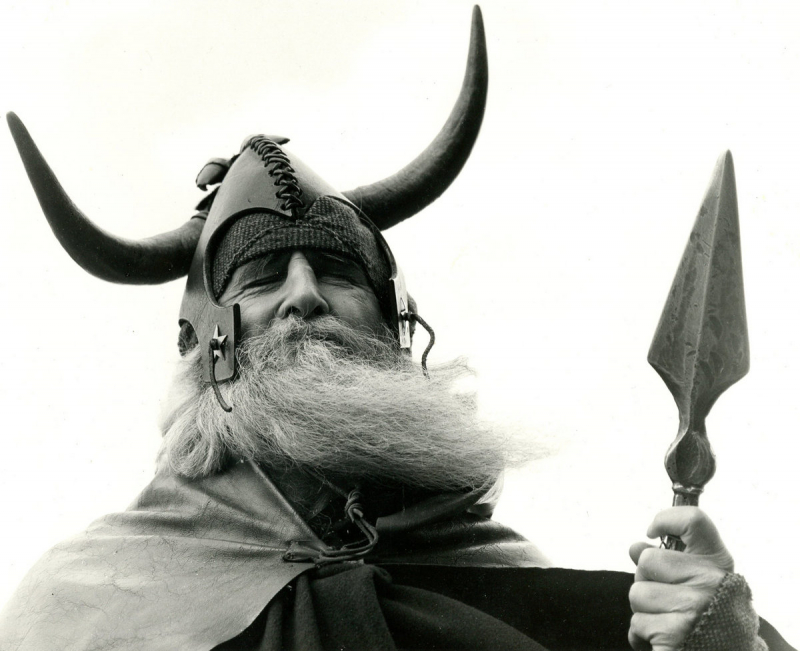
Bandcamp 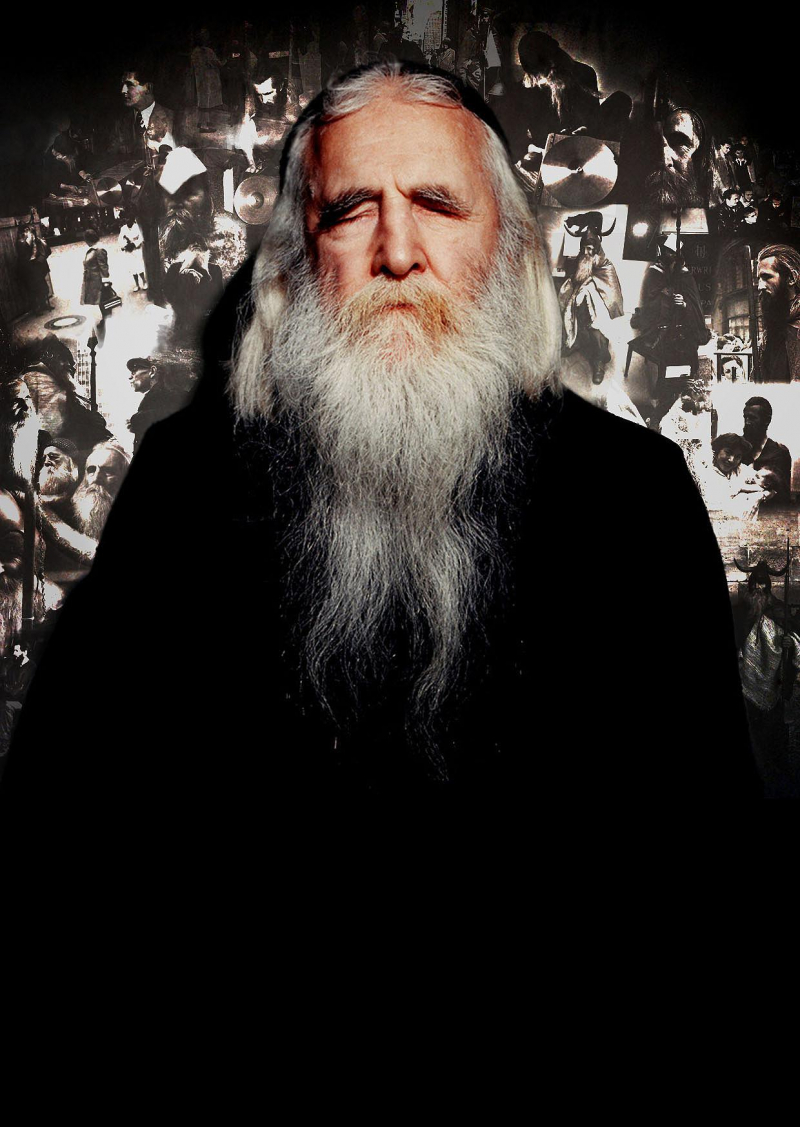
bowerbird.org









